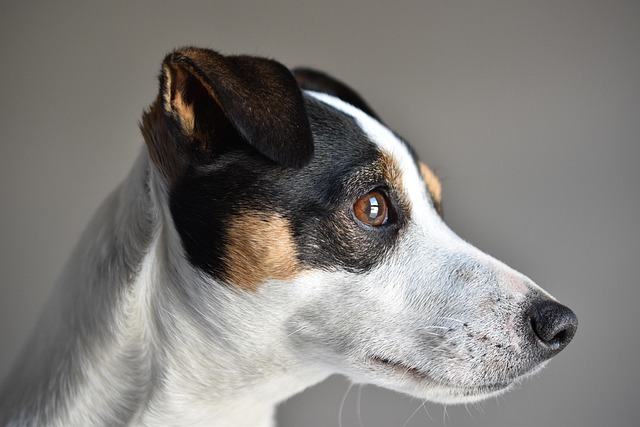
How do i train my dog to be obedient?
Watching your dog dart across the park ignoring your calls isn’t just frustrating—it can put them at risk near busy streets or public spaces.
Territorial aggression in dogs often shows up as growling when someone approaches the front door or snapping near their food bowl—common triggers that can escalate if not addressed. Many owners mistake this for “protectiveness,” but it’s usually fear of losing a safe space. Start by observing what sets your dog off: is it a delivery person, a neighbor’s cat, or someone entering their crate area? This clarity helps tailor training.
Always prioritize safety—never punish a growling dog, as it may stop warning and jump straight to biting. Instead, use desensitization: if your dog reacts to strangers at the door, have a friend stand outside at a distance where your dog stays calm. Give treats and praise for relaxed behavior, then gradually move the friend closer over days. This teaches your dog that “strangers = good things,” not threats. Remember, consistency is key—short, daily sessions work better than long, occasional ones.
Check local laws too—many areas require dogs to be leashed in public, and some have rules about managing aggressive behavior to avoid fines or legal issues. For example, if your dog lunges at passersby in the yard, installing a secure fence isn’t just for training; it’s often a legal requirement. Also, note that some breeds may face extra regulations, so familiarize yourself with regional breed-specific guidelines to stay compliant.
 Incorporate “trade-up” games to reduce resource guarding, a common form of territorial aggression. If your dog guards their food bowl, walk by while holding a high-value treat (like a piece of chicken). Toss the treat near the bowl as you pass—this teaches your dog that your presence near their food means they get something better. Do the same with toys or beds; over time, your dog will stop seeing you as a threat to their belongings.
Incorporate “trade-up” games to reduce resource guarding, a common form of territorial aggression. If your dog guards their food bowl, walk by while holding a high-value treat (like a piece of chicken). Toss the treat near the bowl as you pass—this teaches your dog that your presence near their food means they get something better. Do the same with toys or beds; over time, your dog will stop seeing you as a threat to their belongings.
If progress stalls, don’t hesitate to call a certified dog behaviorist—look for someone with credentials like CPDT-KA or IAABC. They can assess your dog’s specific triggers and create a personalized plan, which is especially helpful for severe cases. Avoid using shock collars or other aversive tools; they often worsen fear and aggression, and some areas even ban them. Focus on positive reinforcement—rewarding good behavior builds trust and confidence in your dog.
Training against territorial aggression takes patience, but the payoff is a happier, safer dog and a more peaceful home. Celebrate small wins: a calm glance at a stranger instead of a growl, or letting you touch their toy without tensing up. These moments show your dog is learning to feel secure, not just defend their space. With time, consistency, and respect for both your dog and local laws, you’ll build a strong bond and reduce aggressive behaviors for good.

Watching your dog dart across the park ignoring your calls isn’t just frustrating—it can put them at risk near busy streets or public spaces.

New puppy owners often find themselves rushing to clean up accidents before they set in, and that’s where puppy pad training becomes a game-changer.

If you've noticed your dog's waistline disappearing and your veterinarian has mentioned those few extra pounds, your first instinct might be to simply reduce the amount of food in their bowl.

Training a dog to use a designated spot indoors isn’t as daunting as many new owners fear, but it does take consistency and an understanding of your pet’s needs.

That moment of dread on a walk is all too familiar for many new dog owners. You see another dog approaching down the sidewalk of your neighborhood

If the sight of another dog on your neighborhood walk makes your heart sink as your own dog erupts into a frenzy of barking and lunging, you're not alone.